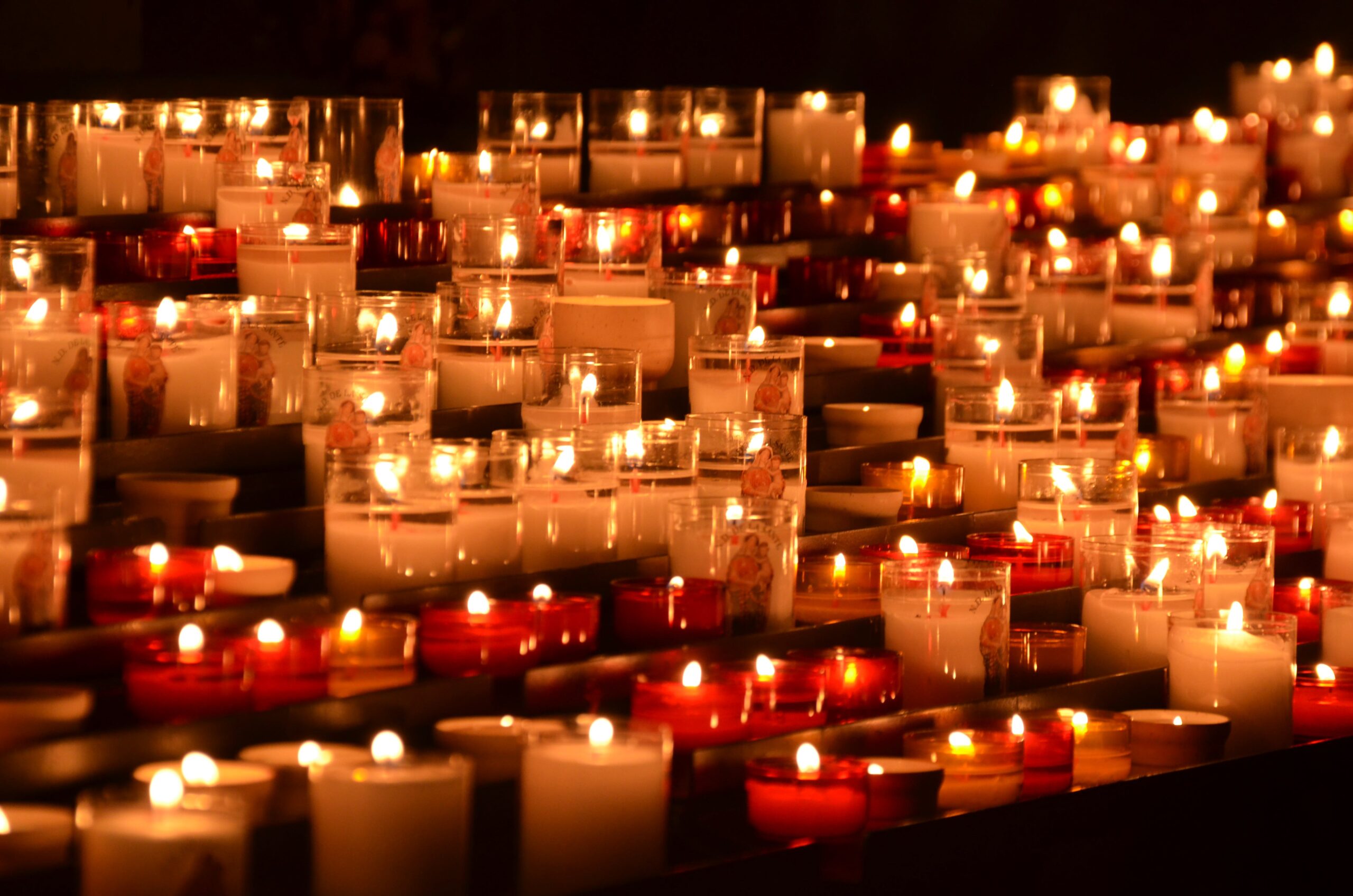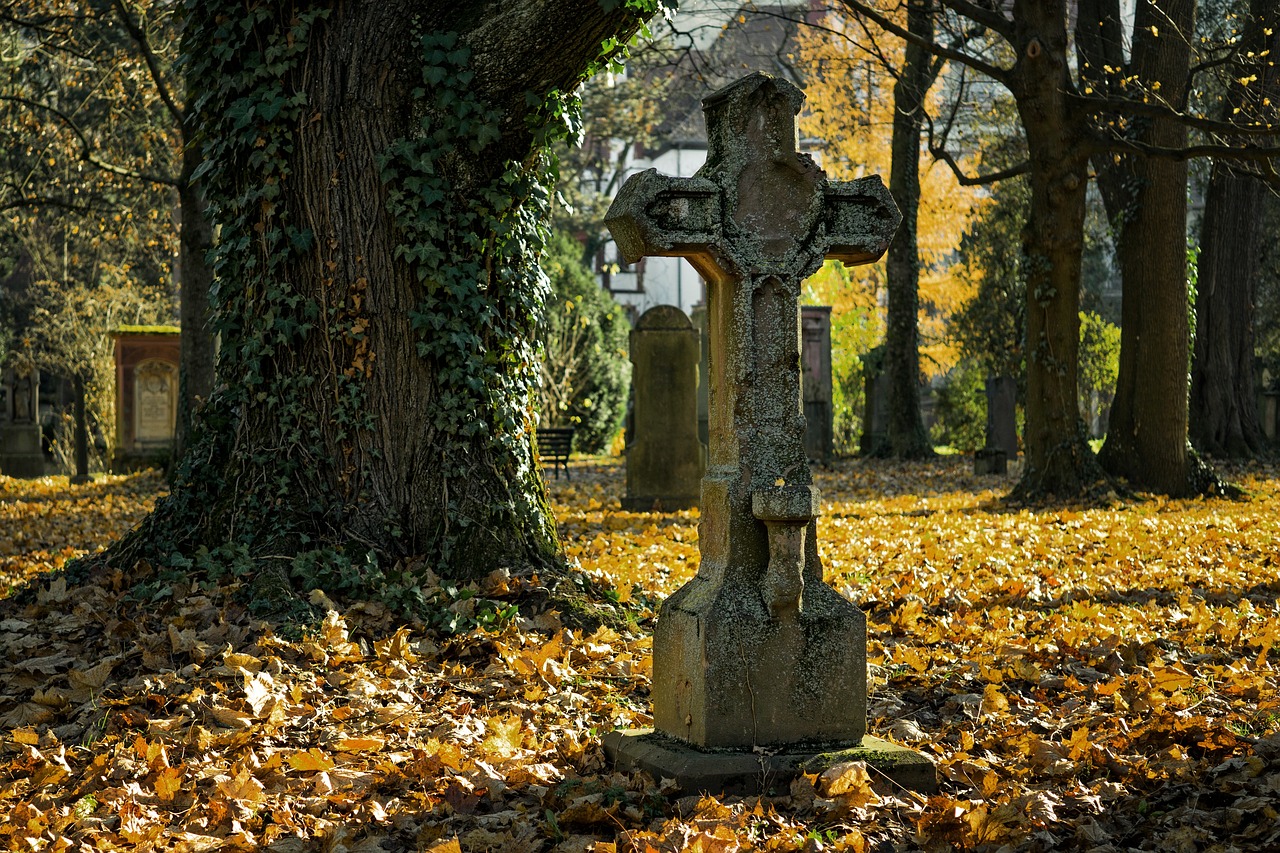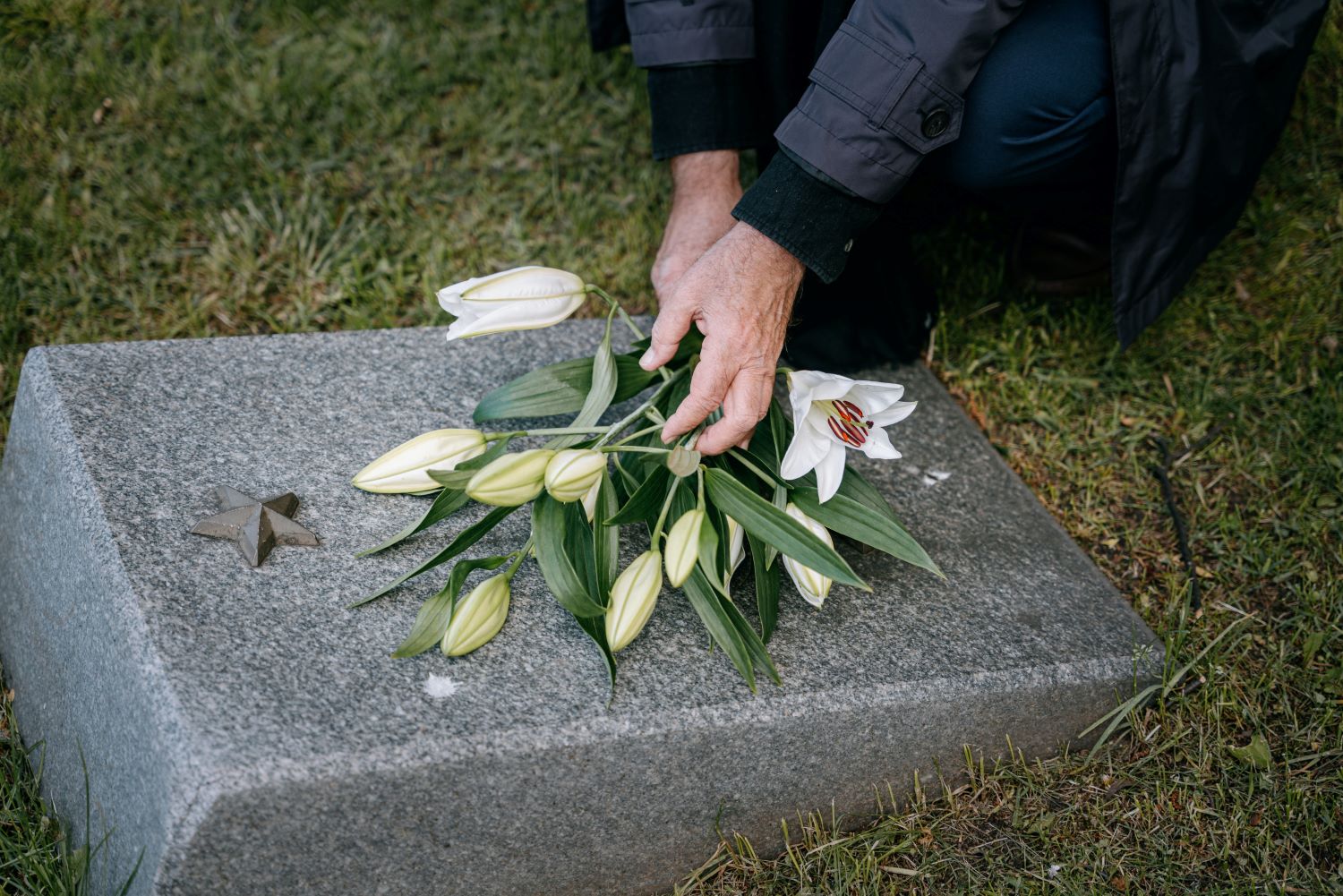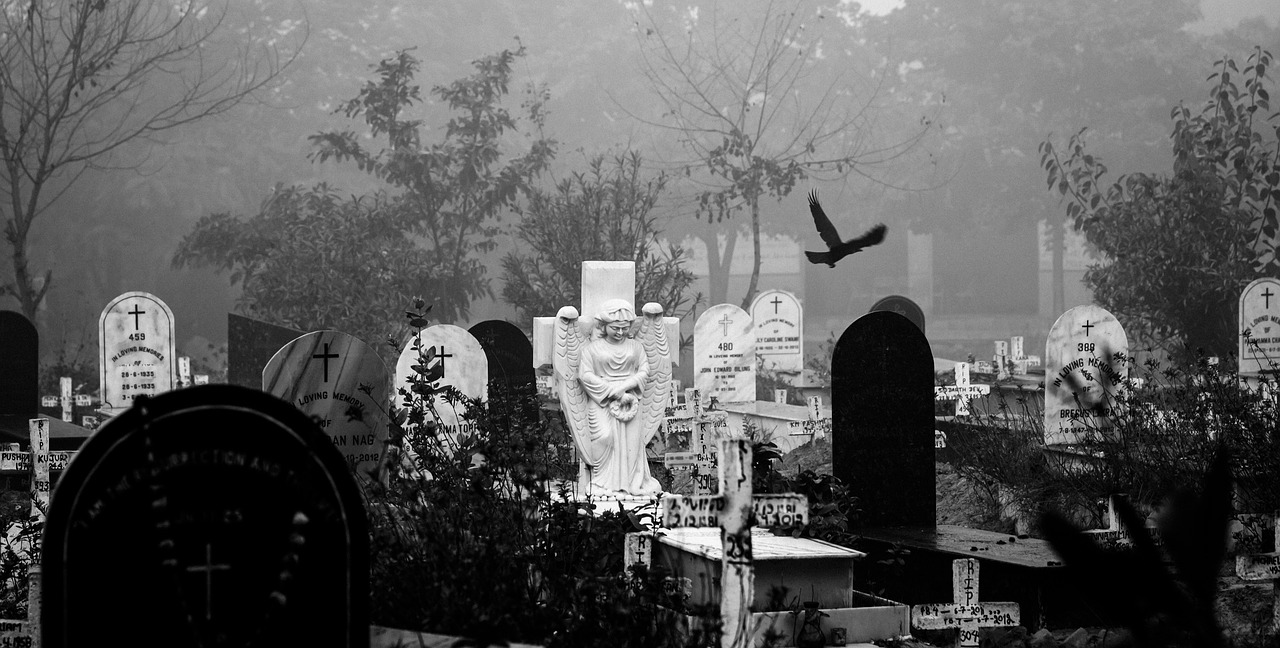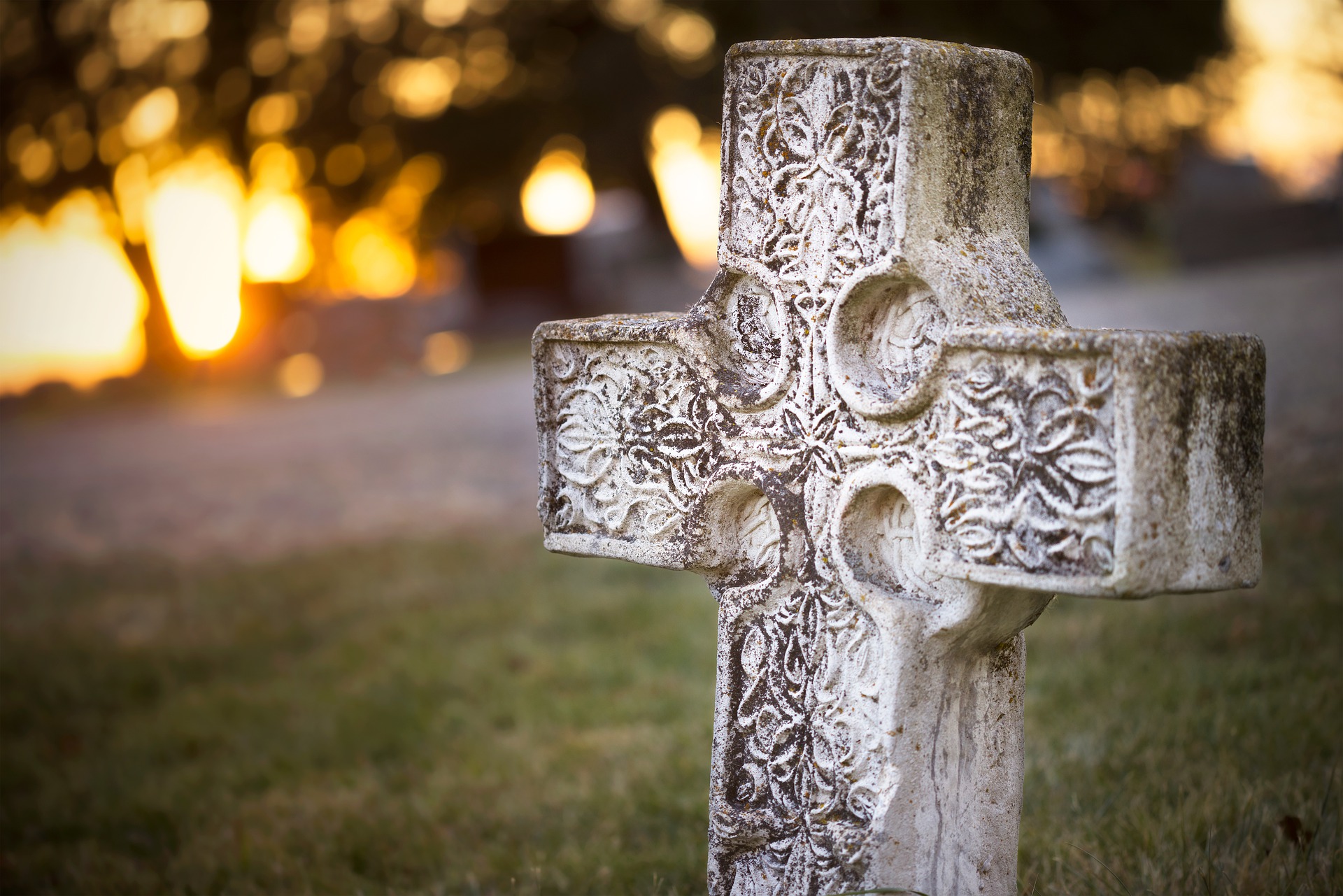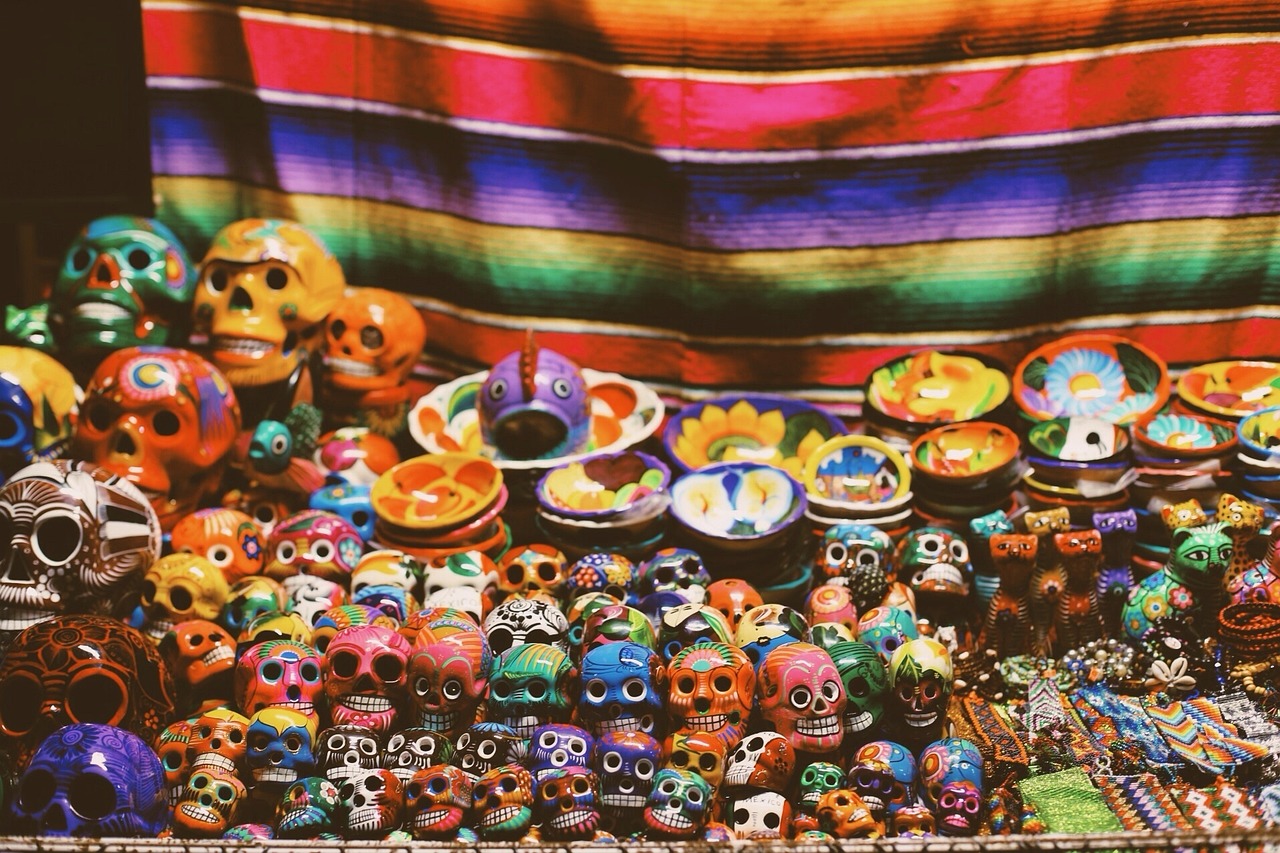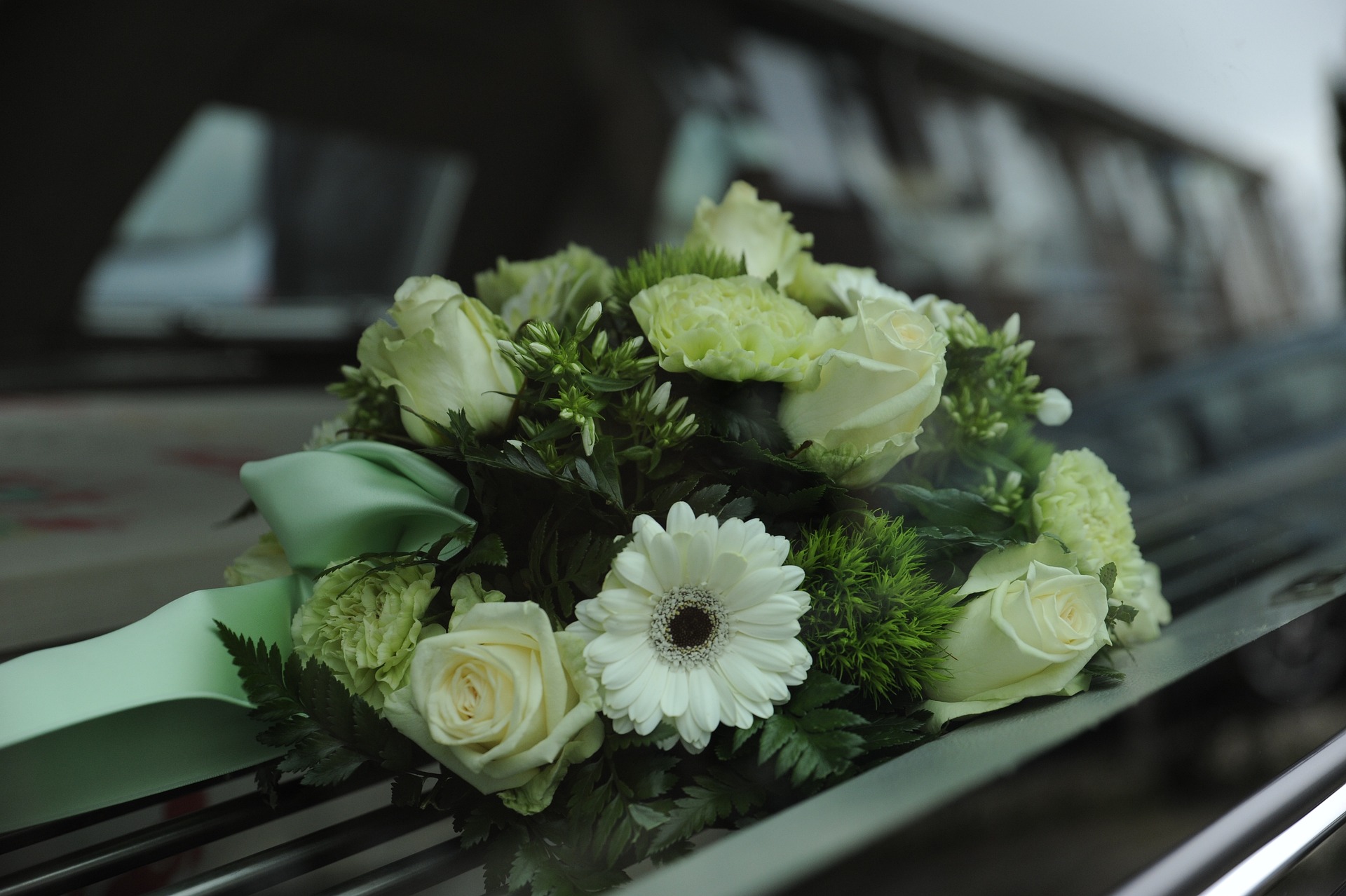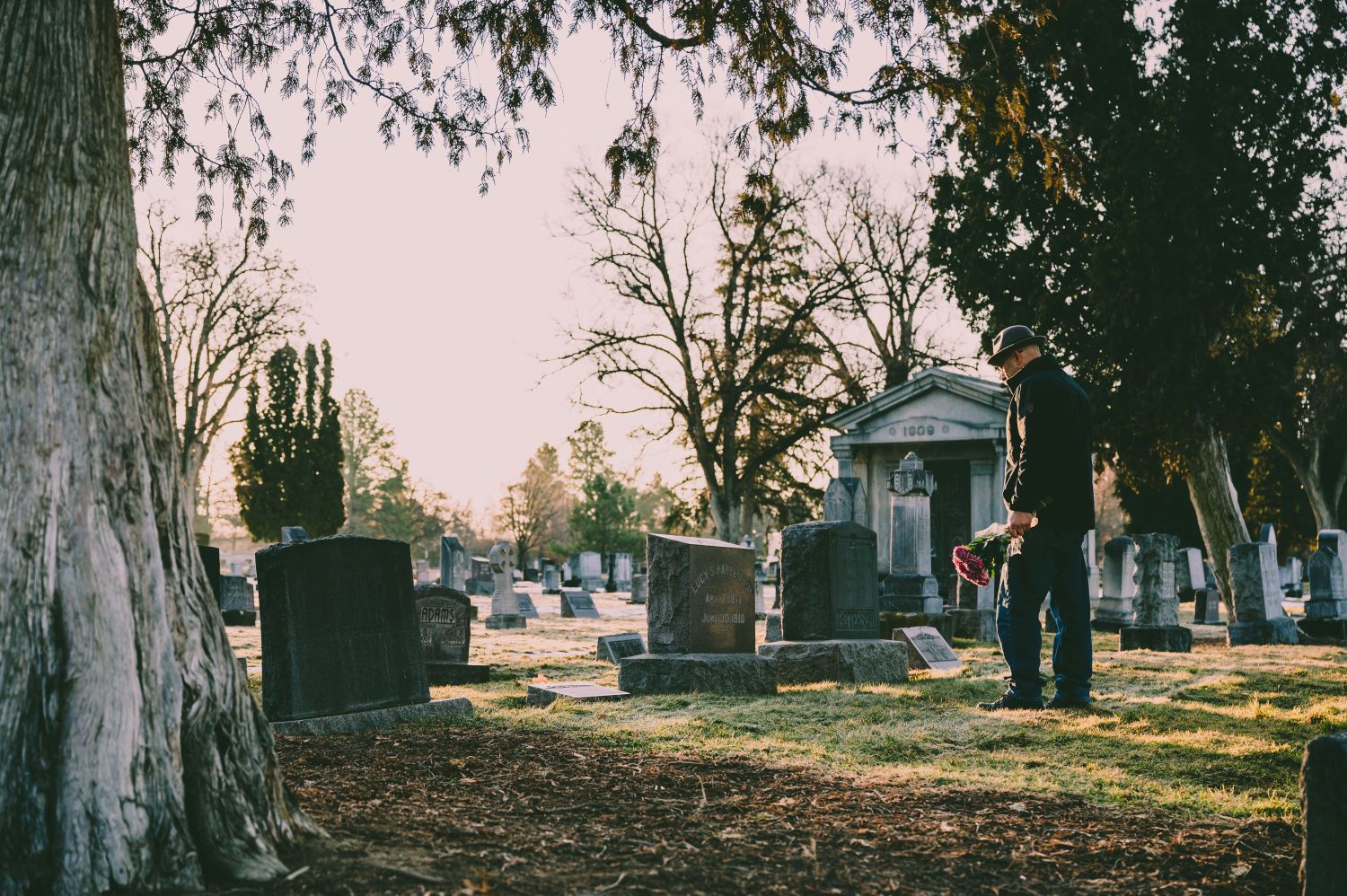
When it comes to creating a memorial for a loved one, it can be quite stressful. The weight of grief, coupled with the responsibility of crafting a tribute that accurately reflects the essence of the departed, can feel overwhelming. If you’re struggling to find a memorial that reflects your loved one, personalisation may be the answer. In this blog post, we’ll explore the many ways in which you can infuse personal touches into memorials, ensuring they become a fitting celebration of individuality and a source of solace for those left behind.
Personalising Headstones Through Engravings
One of the most traditional yet impactful ways to personalise memorials is through engravings. Whether it’s a heartfelt message, a favourite quote, or a symbol that held special significance to the departed, engraving offers a canvas to express the unique personality of the individual. Consider incorporating elements such as hobbies, achievements, or even a signature phrase that captures the spirit of the person being commemorated. Here at cope memorials, we are able to personalise almost any headstone – please get in touch for more information.
Photo Memorials
Advancements in technology have opened new avenues for personalisation. Photo memorials allow for the inclusion of cherished images that encapsulate the essence of a person’s life. From candid snapshots to formal portraits, the visual representation can evoke memories and create a more intimate connection for those visiting the memorial site.
Custom Designs Reflecting Individuality
The design of a headstone itself can be tailored to reflect the individuality of the departed. From unique shapes to custom sculptures, there are myriad ways to create a memorial that stands out. Share anecdotes and stories with your memorial designer to help them craft a design that truly resonates with the personality and passions of the person being remembered.
Beyond Headstones: Creative Alternatives
While headstones are a traditional choice for memorials, consider alternative options that allow for even greater personalisation. Memorial benches, tree plantings, or personalized garden features can create a living tribute that evolves and grows over time, much like the memories of the person being honoured.
Cope Memorials – Leading Stonemasons in Alfreton
In the world of memorials, personalisation can create a lasting legacy that resonates with the unique spirit of an individual. As mentioned above, at Cope Memorials, we are able to personalise our headstones to create something unique. To take a look at our collections, please click here. For more information on our personalisation service, give us a call today on 01773 602187. We also have an online inquiry form that you can complete, and a member of our team will be in touch with you as soon as possible.

